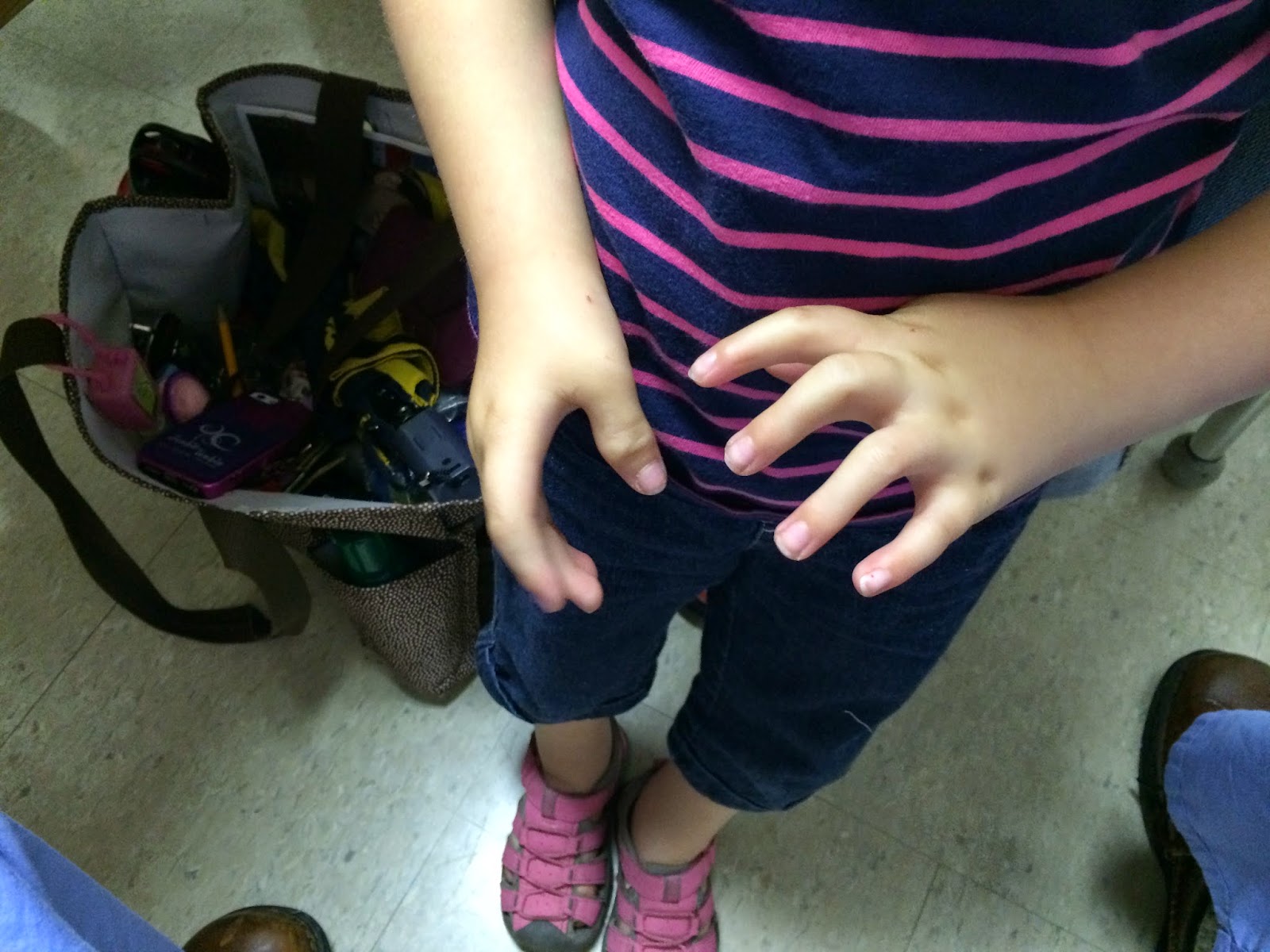Making the Diagnosis and Maximizing Function
Arthrogryposis is a challenging disorder although, thankfully, our understanding about it has grown over the last 10 years. Previous Blog Posts and Great site While there are many thousands of subtypes of arthrogryposis (and several names with some differences, including the commonly used amyoplasia), basic treatment options are increasingly accepted. We now have “good” surgeries to help children maximize arm function once the diagnosis of arthrogryposis has been made. As I have previously written, these options include humerus osteotomy to rotate the arm into a better position- humerus osteotomy, elbow posterior release to allow elbow flexion (bend), wrist osteotomy to allow the wrist to rest in a straighter position (out of flexion)- Wrist post, and thumb procedures to deepen the thumb- index web space and to position the thumb in space to allow better grasp and pinch- hand post.
Arthrogryposis of the hand is a challenge in two ways. First, it may be isolated and not associated with any other problems in the arms or elbow or forearm. This is typically a distal arthrogryposis. These kids often have normal shoulder, elbow, forearm, and wrist motion. They may have normal or close to normal thumb function (some however do not). But, the fingers do not straighten fully. There may be foot problems as well, such as clubfoot. The diagnosis of distal arthrogryposis in these children may be delayed as, overall, these children function well. Sometimes the diagnosis is confusing as the separation of camptodactyly involving more than one finger and distal arthrogryposis is not clear. This is important for informational purposes for the family but is also a limitation of the classifications schemes we use. Camptodactyly post
The other challenge for children with distal arthrogryposis is treatment. Therapy is absolutely the first treatment and can provide improved motion for the fingers. It may be the only treatment needed. In my experience, the earlier it is started, the better the improvement. However, finger stiffness (mainly a lack of full straightening but also a lack of full flexion- making a fist) is a problem that therapy does not usually solve and may not help much at all. Every child with distal arthrogryposis is different. And, as opposed to problems in the arms, there are no recognized and widely accepted surgeries that have been shown to reliably improve motion. There are surgeries we can do for camptodactyly (like a situation with only one finger involved) but even the treatment for one finger is tough.
This child did not have a diagnosis when she first came to see us. There was a thought that it was camptodactyly affecting many fingers. But we believe she has distal arthrogryposis. There are several good link with additional information on distal arthrogryposis including omim link and Genetics Link .
Type 1 distal arthrogryposis is often autosomal dominant (50% chance of passing it on) and often the child will have clubfoot as well (not in this pictured patient). Two genes have been identified that may explain this condition: TPM2 and MYBPC1.
 |
| Distal arthrogryposis showing a lack of full straightening of the fingers. |
 |
| Distal arthrogryposis as the patient tries to straighten the fingers. |
 |
|
|